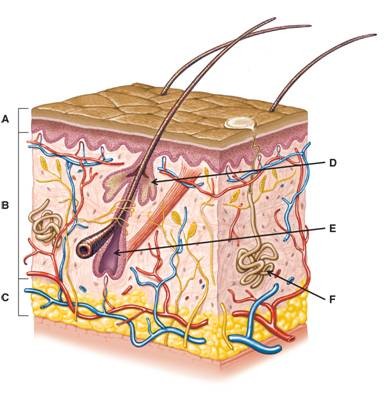A premature infant has two pulse oximeters placed: one on the right hand and one on the left foot. The respiratory therapist notes that the reading on the right hand is consistently 12% greater than the reading on the left foot
Which of the following is the best interpretation of this finding?
a. The infant has left-sided intra-pulmonary shunting.
b. The infant likely has pneumonia.
c. The infant is in septic shock with systemic capillary shunting.
d. The infant has persistent pulmonary hypertension of the newborn.
e. The infant has shunting across the ductus venosus.
D
For the newborn in respiratory distress, pulse oximetry is often used to monitor both the preductal SpO2 and the postductal SpO2 . To measure the preductal SpO2, the oximeter probe is placed on the right hand or wrist; to measure the postductal SpO2, the probe is placed on either foot. A large difference between the two readings (>10%) indicates a right-to-left shunt, and persistent pulmonary hypertension of the newborn (PPHN) is likely.
You might also like to view...
Which of the following may complicate airway management procedures in the pediatric patient?
A) The trachea narrows at the cricoid cartilage. B) The tongue occupies a greater proportion of space. C) The epiglottis is larger and floppier than in an adult. D) All of the above are possible complications.
What is apraxia, and what are the different forms of this disorder?
Which level of research evidence is the weakest?
a. An integrated review of experimental, quasi-experimental, and outcome studies b. A meta-analysis of correlational studies c. A single experimental study d. A single qualitative or descriptive study
 The epidermis is indicated by the letter ________ in the figure of the skin.
The epidermis is indicated by the letter ________ in the figure of the skin.
A. E B. A C. D D. C E. F